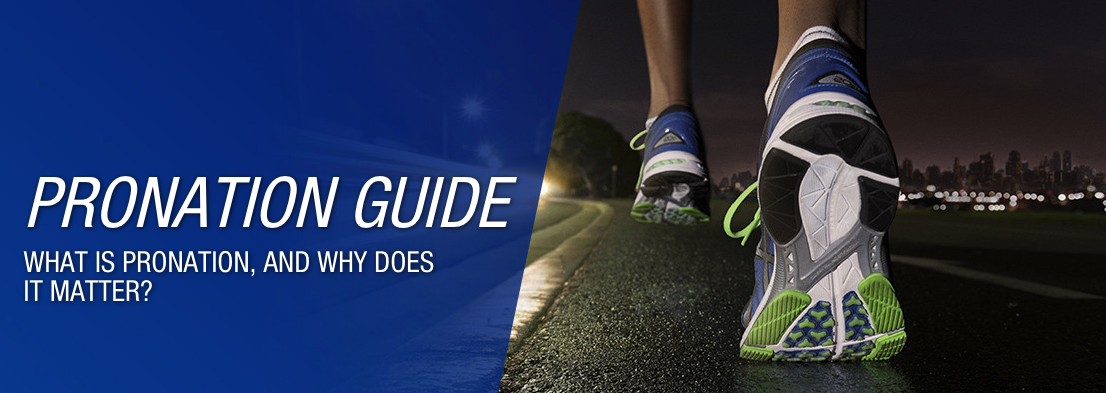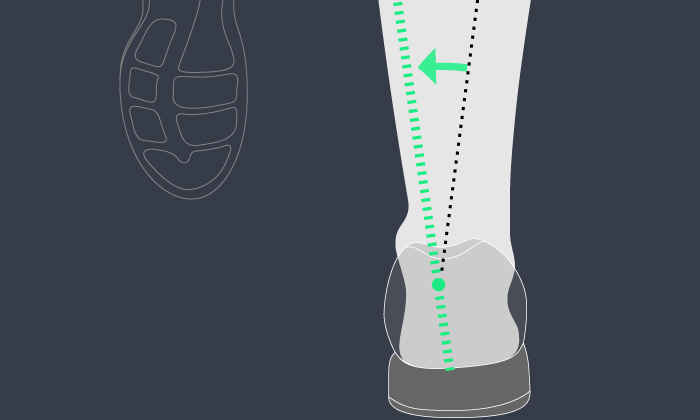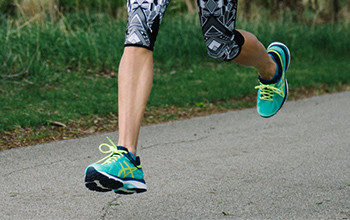Pronation is part of the natural movement of the human body and refers to the way your foot rolls inward for impact distribution upon landing. Understanding your pronation type can help you find a comfortable running shoe.
- Underpronators (supinators) need a lot of cushioning to avoid strong impact
- Neutral pronators can wear a wide variety of shoes
- Overpronators should look for support or structured cushioning shoes








